Gardener Whetstone: Essential Tool for Every Green Thumb
Understanding the Gardener Whetstone
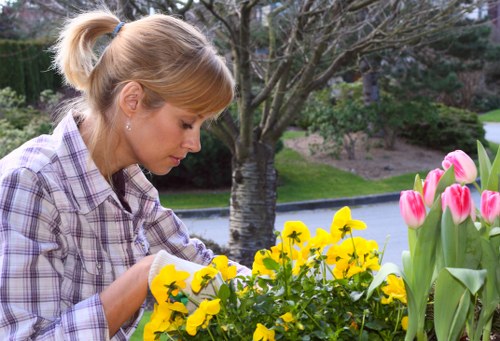
The Gardener Whetstone is an indispensable tool for any gardening enthusiast. Whether you're a seasoned gardener or just starting out, maintaining sharp tools can significantly enhance your gardening experience.
Sharp tools make trimming, pruning, and cutting easier, reducing the effort required and improving the quality of your work. A whetstone helps keep your gardening tools in top condition, ensuring they perform efficiently and last longer.
Using a whetstone is a simple process that involves sharpening the blade to a fine edge, removing any nicks or dullness. Regular maintenance with a whetstone can prevent tool damage and ensure precision in your gardening tasks.
Benefits of Using a Whetstone in Gardening
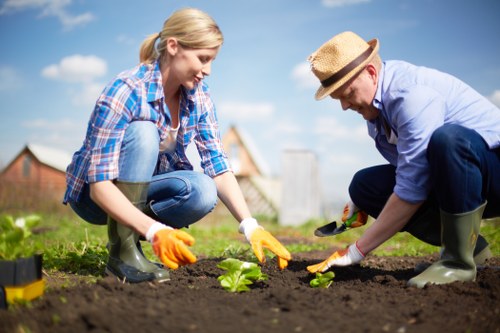
There are numerous benefits to incorporating a whetstone into your gardening routine. First and foremost, it keeps your tools sharp, which is crucial for effective gardening. Sharp tools make cleaner cuts, which can promote healthier plant growth and reduce the risk of disease.
Additionally, using a whetstone can extend the lifespan of your tools. By regularly sharpening and maintaining them, you prevent unnecessary wear and tear, saving you money in the long run. This maintenance also ensures that your tools remain reliable every time you need them.
Another advantage is the satisfaction that comes with maintaining your own tools. There's a certain pride in knowing you can keep your gardening equipment in pristine condition, ready for any project that comes your way.
How to Use a Gardener Whetstone
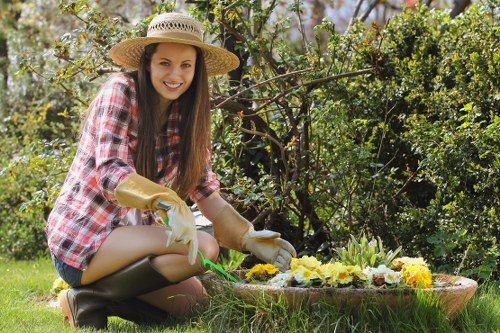
Using a whetstone is straightforward, but it does require some technique to achieve the best results. Start by soaking the whetstone in water for about 10-15 minutes to ensure it remains lubricated during the sharpening process.
Place the whetstone on a stable surface with the coarse side facing up. Hold your tool at the correct angle, usually around 20 degrees, and gently draw the blade across the stone in a smooth, controlled motion. Repeat this process several times on each side of the blade until you achieve a sharp edge.
After sharpening with the coarse side, flip the whetstone to the fine side and repeat the process to polish the edge. This step ensures your tools are not only sharp but also have a refined finish for optimal performance.
Choosing the Right Whetstone for Your Garden Tools
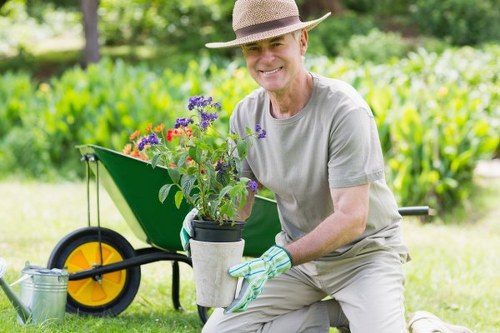
Selecting the appropriate whetstone is essential for effective tool maintenance. Whetstones come in various grits, which determine the coarseness or fineness of the sharpening process. Coarse grits are ideal for repairing damaged tools, while finer grits are best for honing and polishing.
Consider the types of tools you use most frequently. For heavy-duty tools like pruning shears or machetes, a medium grit whetstone is often sufficient. For more delicate tools, such as garden scissors, a finer grit may be necessary to achieve a precise edge.
Additionally, the size of the whetstone should correspond to the size of your tools. A larger whetstone provides a stable surface and allows for more extensive sharpening, while a smaller stone may be more convenient for quick touch-ups.
Maintaining Your Whetstone
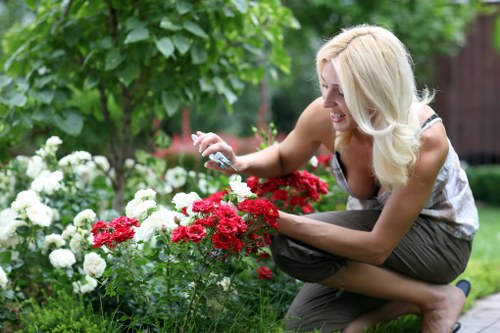
Proper maintenance of your whetstone ensures its longevity and effectiveness. After each use, rinse the stone with water to remove any metal particles and debris. Use a brush or a cloth to clean the surface thoroughly.
Periodically, you may need to flatten your whetstone, especially if you notice uneven surfaces or grooves from regular use. Flattening can be done using a flattening stone or a specialized flattening tool, ensuring your whetstone remains effective for sharpening.
Store your whetstone in a dry place to prevent mold or mildew from forming. Keeping it dry and clean will maintain its quality and performance over time.
Top Local Areas Near Whetstone for Gardening Enthusiasts

If you're based in Whetstone, you're in luck! The surrounding areas offer a variety of resources and communities for gardeners. Here are the top nearby areas you should explore:
- Elmwood: Just 2 miles from Whetstone, Elmwood boasts several nurseries and garden centers with a wide selection of plants and tools.
- Maple Grove: Located 3 miles away, Maple Grove is known for its community gardens and gardening workshops, perfect for both beginners and experienced gardeners.
- Pinehurst: 4 miles from Whetstone, Pinehurst offers beautiful parks and green spaces where you can practice your gardening skills.
- Oakdale: Only 5 miles away, Oakdale has a thriving gardening club that hosts regular events and provides valuable resources for local gardeners.
- Cedar Park: At a distance of 6 miles, Cedar Park features specialty stores that carry high-quality gardening tools, including whetstones.
- Birchwood: 7 miles from Whetstone, Birchwood is renowned for its annual garden festivals and plant exhibitions.
- Willow Creek: Located 8 miles away, Willow Creek offers a variety of landscaping services and gardening consultations.
- Aspen Heights: 9 miles from Whetstone, Aspen Heights is home to several botanical gardens and eco-friendly gardening initiatives.
- Cherry Blossom: Just 10 miles away, Cherry Blossom is famous for its cherry trees and springtime floral displays.
- Spruce Valley: 11 miles from Whetstone, Spruce Valley provides ample opportunities for outdoor gardening and community engagement.
Tips for Maintaining Your Garden Tools

- Regular Cleaning: After each use, clean your tools to prevent rust and buildup of sap or soil.
- Proper Storage: Store tools in a dry place, preferably in a toolbox or shed, to protect them from moisture and damage.
- Sharpening: Use a whetstone regularly to keep blades sharp, ensuring efficient performance and safety.
- Oil Your Tools: Apply a light coat of oil to metal parts to prevent rust and keep them functioning smoothly.
- Inspect for Damage: Regularly check your tools for any signs of wear or damage and repair or replace them as needed.
By following these maintenance tips, you can ensure that your gardening tools remain in excellent condition, ready for any gardening task that comes your way.
Enhancing Your Gardening Experience with a Whetstone
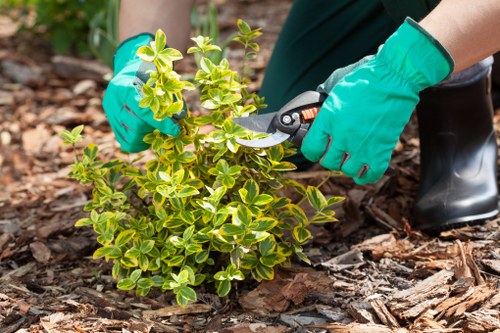
Integrating a whetstone into your gardening routine can transform the way you care for your plants and garden. Sharp tools not only make your work easier but also contribute to the health and aesthetics of your garden.
Healthy plants respond better to clean cuts, reducing stress and promoting vigorous growth. This means your garden will thrive, offering vibrant colors and lush greenery throughout the season.
Moreover, a well-maintained garden is a source of pride and relaxation. Investing time in sharpening your tools with a whetstone pays off in the beauty and tranquility your garden provides.
Common Mistakes to Avoid When Using a Whetstone
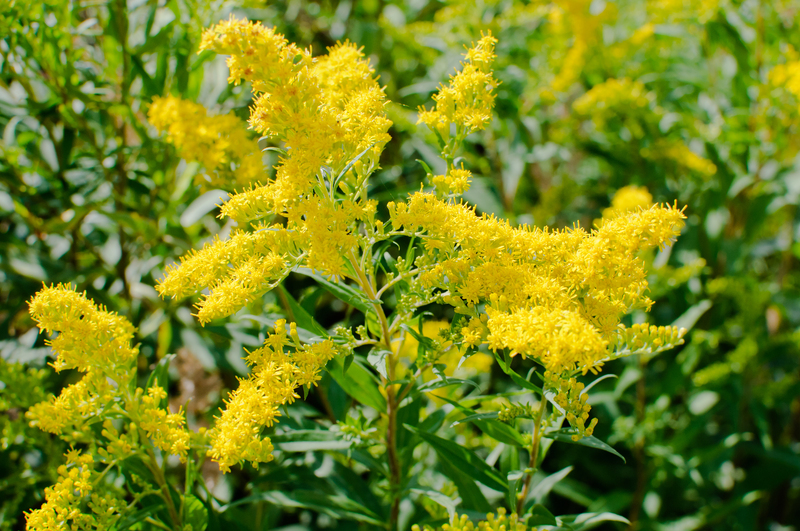
While using a whetstone is beneficial, there are common mistakes that gardeners should avoid to ensure safety and effectiveness.
- Incorrect Angle: Sharpening at the wrong angle can result in an ineffective edge. Typically, a 20-degree angle works best for most gardening tools.
- Insufficient Lubrication: Not soaking the whetstone before use can cause the blade to stick, making the sharpening process more difficult and less efficient.
- Rushing the Process: Taking your time ensures a sharper, more precise edge. Rushing can lead to uneven sharpening and potential damage to the tool.
- Neglecting the Fine Side: Only using the coarse side of the whetstone neglects the polishing step, which is crucial for a refined edge.
- Improper Storage of the Whetstone: Leaving the whetstone dry or in a damp environment can lead to cracking or degradation of its surface.
By being aware of these common mistakes, you can avoid them and ensure your whetstone use is both safe and effective.
Frequently Asked Questions About Gardener Whetstones
- How often should I use a whetstone on my gardening tools?
It's recommended to sharpen your gardening tools with a whetstone at least once a month, depending on usage frequency. Regular maintenance ensures tools remain sharp and effective.
- Can I use a whetstone on all types of gardening tools?
Most metal gardening tools can be sharpened using a whetstone, including shears, pruners, and hoes. However, always check the manufacturer's instructions for specific tool care guidelines.
- What grit should I use for my gardening tools?
Start with a medium grit whetstone for general sharpening. For fine honing, switch to a finer grit to polish the edge and achieve a sharper finish.
- Is it necessary to flatten my whetstone?
Yes, regularly flattening your whetstone ensures an even sharpening surface, which is essential for maintaining a consistent edge on your tools.
- Can I sharpen my tools without a whetstone?
While there are alternative methods, using a whetstone provides the most control and precision for sharpening gardening tools. It is the recommended tool for achieving the best results.